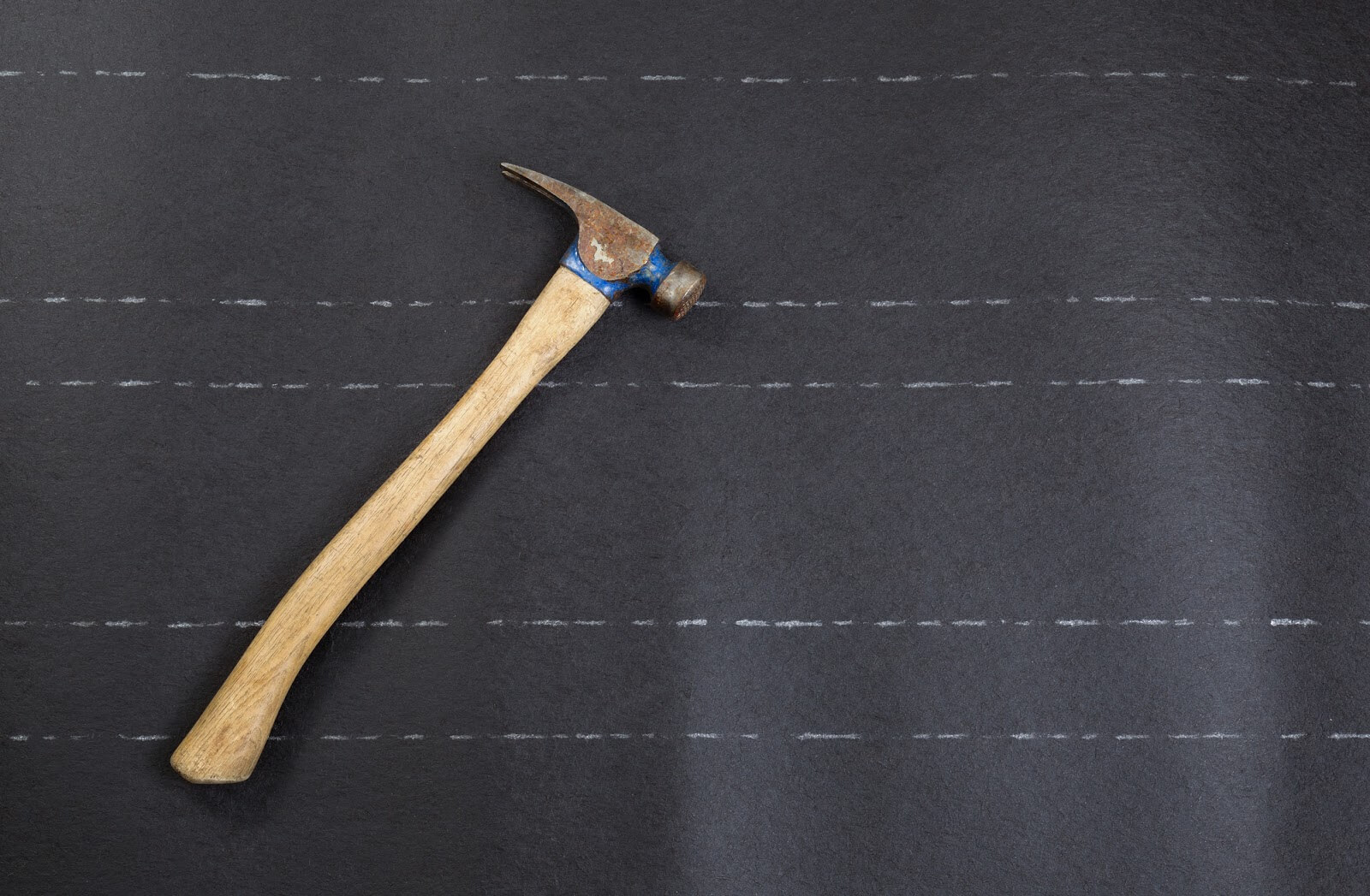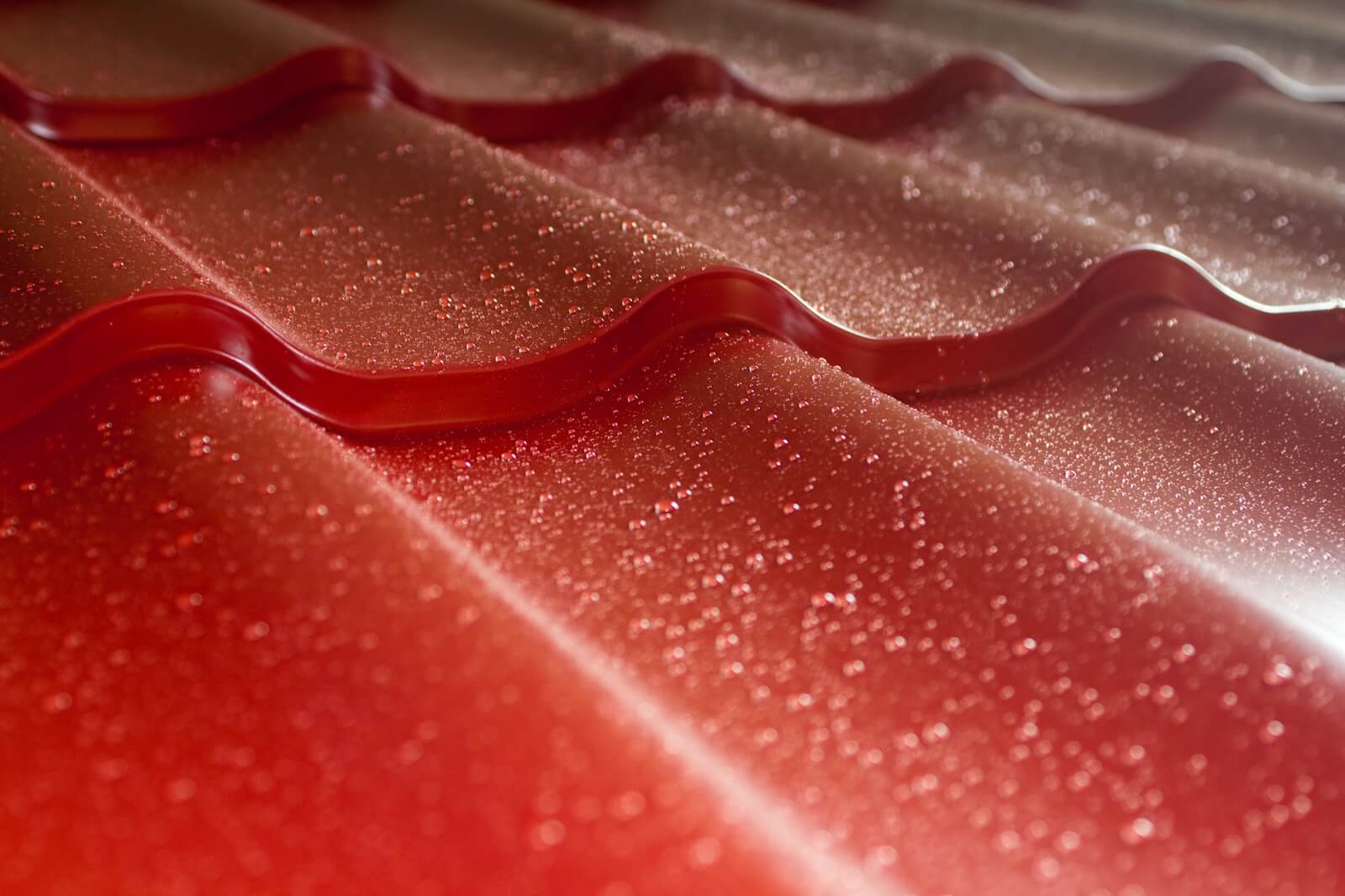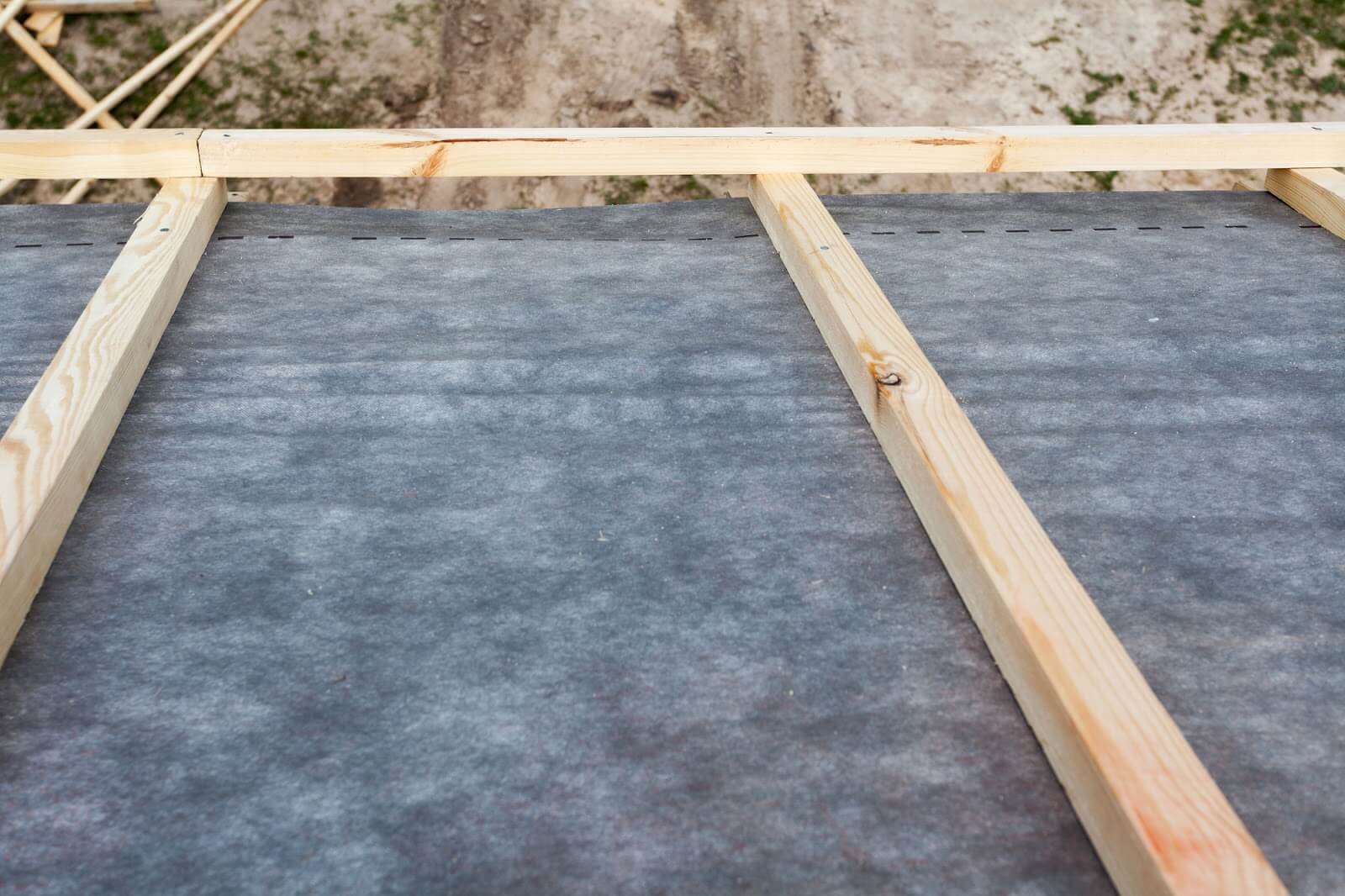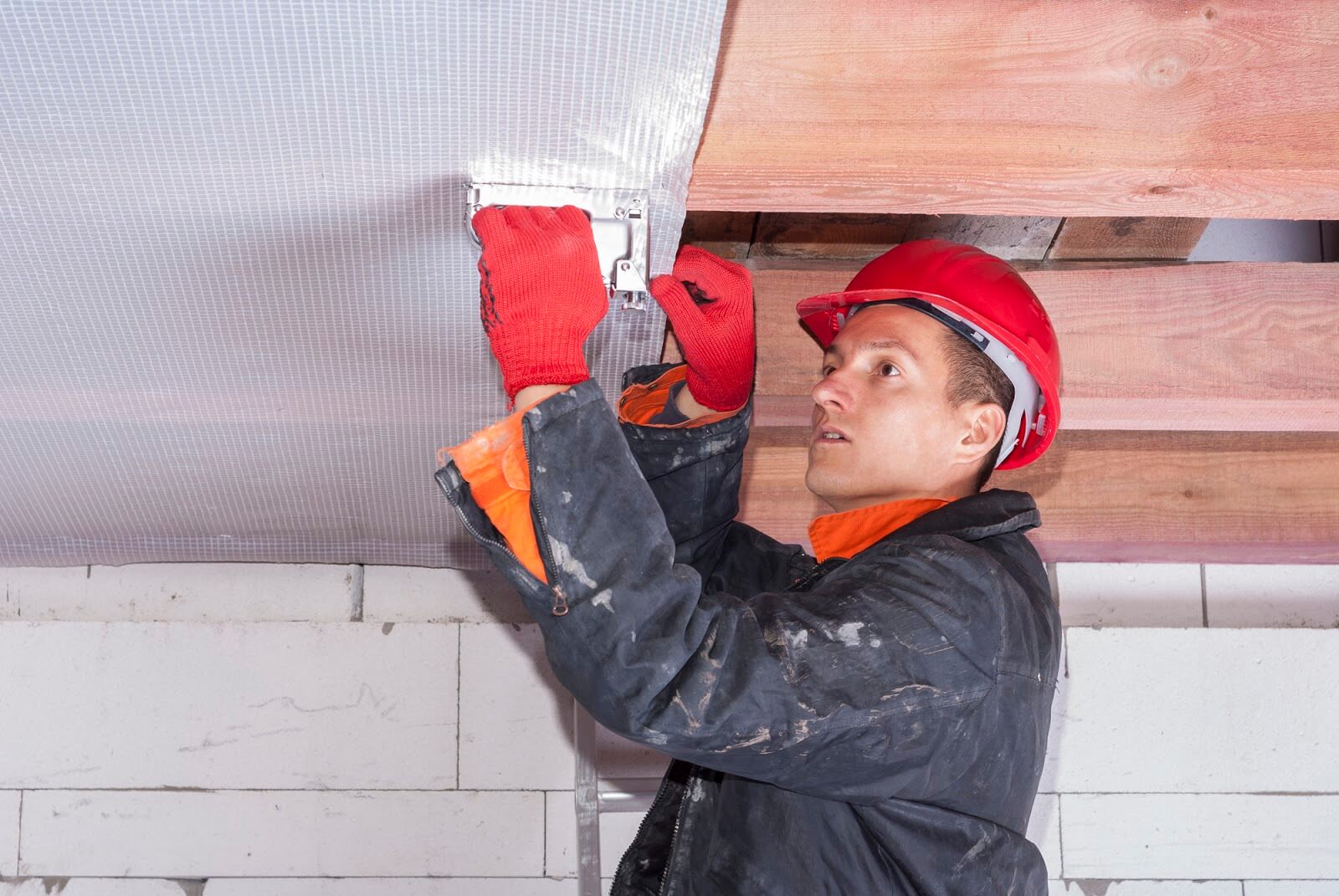Request Quote
Home | Our Blog | What is the Best Underlayment for Metal Roofs?
Reviewed by Tomas Kalkys. President.
Qualifications: More than 20 years of experience in residential and commercial exterior remodeling.
Founding farther of Legacy Service.
Written by LegacyUSA Team
posted on Mar 5, 2020
Get Estimates From Roofing Pros

Underlayments are designed to lay under metal roofs and provide thermal protection as well as waterproofing solutions for your home. Without them, metal roofs tend to be loud when it rains, cold during the winter, and hot during the summer with the raging sun and high temperatures. There’s no question that you should have one under your roof, but the question you should be asking is: Which roofing underlayment should you choose?
At Legacy Service, we wrote this article to help you decide which one would be best for your home. Of course, you should also schedule a consultation with an expert so that they can walk you through your options and provide you with advice on how to proceed with your roofing installation or roofing replacement. Call us at 215-798-9790 or contact us here.
Not a real zip code.
Underlayment is a vapor barrier or water-resistant material that’s put under metal roofing and installed directly onto the roof deck. It’s applied under all of the other materials, and it provides an extra layer of protection against extreme weather conditions. The three main types of underlayment for metal roofs include felt, synthetic sheet, and self-adhering membrane.
Without an underlayment, the roof and rest of the home are exposed to the elements, which include not only wind and moisture but also chemicals and resin. Finding the best underlayment for your metal roof is essential to maintaining the health of your home throughout its lifespan.

Yes, your metal roof will need some type of recommended underlayment. Without it, you’ll most likely end up dealing with an assortment of problems, including entrapped moisture and roof leakage, both of which can accelerate the deterioration of your roof. Your underlayment should also match the lifespan of your metal roofing system to ensure its longevity.
One of the advantages of metal roofs is the fact that they can last for about 40-70 years! They have superior durability and can withstand all types of weather, from harsh winds to rainstorms and blizzards. Take care of your metal roof and it will take care of you.
At Legacy Service, we’d like to help you find the best underlayment product for your standing seam metal roof. In this section, we’re going to review each of the three main types so that you can figure out what underlayment to use for your building. We’ll give you an idea of the pros, cons, and average prices of each type.
To schedule a roof replacement consultation with one of our professionals, please feel free to give us a call at any time at 215-798-9790. We’ll schedule an appointment where we can go over your options and find the one that will work best for you.
Known by many different names (including felt paper, roofing tar paper, and asphalt-soaked felt), felt underlayment is the most commonly used type of underlayment material on steep-slope metal roofs.
Pros: Homeowners choose felt because:
Cons: Its disadvantages include:
Price: The cost for felt underlayment will typically be the least expensive out of the three main types.
Synthetic underlayment for metal roofing is a newer innovation that has been taking over the industry in recent years. It’s made by weaving/spinning together polyethylene or polypropylene and a polymer to form a protective barrier to put between the roof deck and the material.
Pros: Homeowners decide to go with synthetic sheet underlayment because:
Cons: The disadvantages of synthetic sheet underlayment include:
Price: The cost of synthetic sheet is typically more expensive than other types, including felt.
Not a real zip code.
Self-adhering membrane underlayment is a peel-and-stick product that’s designed to adhere to a roof deck. It consists of either a rubberized-asphalt or butyl-based adhesive with a polyethylene carrier sheet.
Pros: People choose self-adhering membrane because:
Cons: The disadvantages of self-adhering membrane include:
Price: Insurance companies may offer a discount for properly installed self-adhered membrane underlayments.

As a local roofing contractor, we get asked a lot of questions about metal roofing and underlayment. There are many different types, from breathable underlayment for metal roofing to waterproof underlayment to titanium underlayment. We answered some of your most frequently asked questions here. Take a look to see if we’ve answered yours!
In simplest terms, yes, you should use underlayment with your metal roof. It might not be absolutely necessary, but it is highly recommended, especially because metal roofing is notorious for being cold in the winter, hot in the summer, and loud when it rains. High winds may also affect your roof. Fortunately, adding underlayment will provide an extra layer of protection for your home, and it will improve everything from insulation to waterproofing.
If you need help deciding on a type of underlayment that would work for your home, don’t hesitate to ask our team at Legacy Service.
There are three main types of underlayment for metal roofs. They include felt, synthetic sheet, and self-adhering membrane. Although there is no superior type, we’d like to help you find one that works best for you since they each have their own advantages and disadvantages. We’ve included some of the pros and cons in the sections above under “Underlayment Materials,” but it’s best to consult a professional to determine which type would actually be best for you.
At Legacy Service, we’ve been in the industry since 2005, and we’ve helped a countless number of customers install or replace their roof and build the home of their dreams.
If you live in an area that gets cold in the winter and sees plenty of precipitation throughout the year, then you probably should install an ice and water shield under your metal roof. For most roofing projects, two types of underlayment are needed, the first being an ice and water shield. This underlayment is made of either a rubberized-asphalt or butyl-based adhesive with a polyethylene carrier sheet, and it has an adhesive backing with a peel and stick feature. The product you choose should be able to withstand high temperatures and can be used with metal, tile, and other roofs with a scrim-reinforced top surface.
Vapor barriers are used to reduce the amount of condensation that can move through a material. When they’re installed properly, they can help reduce any problems that you have with condensation as well as air leakage on fiberglass-insulated walls. Without one, water can get trapped in the wall, which will produce moisture and ultimately other issues like rot, mold, and trouble with thermal performance. Vapor barriers are recommended for under metal roofs.
Underlayment for metal roofs may not always be required, but it is strongly recommended. Underlayment is a water-resistant barrier that provides an extra layer of protection from the elements as well as several other advantages. These advantages include enhanced insulation, an even surface for roof installation, compliance with building codes, and a quality noise barrier.
It depends on the circumstances, but in many cases, you will be able to install metal roofing directly over shingles. Metal is surprisingly lightweight considering how strong it is, so adding a metal roof over shingles will not significantly increase the overall load on your home’s structure. However, you may not be able to if you already have multiple layers of shingles. You’ll also need to check with your local building and zoning departments to make sure they approve.
Furring strips are best described as long, slender strips that are constructed from wood or metal. They’re usually 1” x 2” or 1” x 3” in size and can be applied both vertically and horizontally. If you’re installing a metal roof over another roof, you will need furring strips. Make sure you correctly space the furring strips to decrease the amount of condensation. Common spacing is 24 inches.
Tar paper, or asphalt-saturated felt underlayment, has historically been the go-to choice for roof underlayment. However, a few challenges are associated with this type of underlayment. First, since it’s usually available in 2 or 4 square rolls, it can take many rolls to complete an average-sized roof. The installation can also be difficult because this underlayment tends to buckle and wrinkle. Lastly, it’s important to know that as a paper product, the material can degrade quickly. If you’d prefer, there are other underlayment options available.
A metal roof should not be installed directly over bare plywood, but it can be installed over plywood once there are protective layers in between. A felt moisture barrier over the plywood is the bare minimum; a slip sheet should also be installed to protect the felt sheet from potential damage from the metal roof.
Yes, a metal roof can be installed directly over rafters. Since corrugated metal panels are relatively lightweight, they can fit almost any type of situation. You can install the roof with or without insulation, but installing rolled insulation is usually a good idea because it can help keep the inside of the building at a comfortable temperature.

You might have a good idea of which underlayment you should use after reading this blog. If so, that’s great! The next step is to contact your local roofing experts to schedule a consultation, so you can tell them exactly what your wants and needs are, and they can suggest what they think will be the best type for you and your home.
At Legacy Service, we can be that local roofing contractor that answers all of your questions and completes your roofing installation or replacement project for you. We’ve helped thousands of customers over the years, from New Hope, PA to Brick, NJ, and beyond! We’re also a member of both the National Roofing Contractors Association (NRCA) and the National Association of the Remodeling Industry (NARI). Learn more about roof installation and replacement by calling us at 215-798-9790 or contacting us here.
Posted on Mar 5, 2020 in Roof
Read our news
HOW LONG SHOULD A ROOF LAST? ELEMENTS
A lot of elements play a role in maintaining the integrity of the roof, but as a homeowner, the most important components to pay attention to are the underlayment, ventilation, and material.
DIFFERENT TYPES - DIFFERENT LIVES
Choosing the best roofing material for your home is the first important step in ensuring that you have the highest quality roof possible.
METAL ROOF VS ASPHALT SHINGLE ROOFING
Two of the most popular roofing materials on the market are metal and asphalt, and both offer different pros and cons to a customer.
Pros and cons of Asphalt Shingle Roofing
Replacing a roof is an expensive decision, and cannot only come down to cost.


